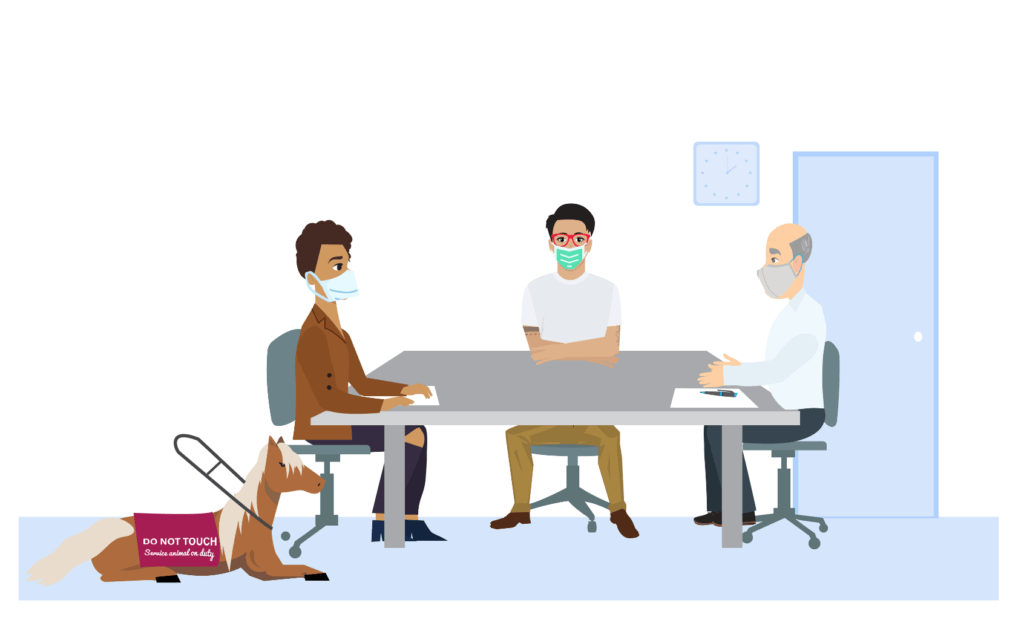Whole Community Promising Practices _review


EM: Hey, Terrye. We’re going to wrap up today with a list of whole community promising practices. The list comes from a review of about 100 state and local emergency plans, planning guidance, whole community guides, court decisions, and U.S. Department of Justice legal settlements, plus interviews with experts.
Whole community emergency plans should include:
- A statement of the whole community and/or access and functional need (AFN) philosophy, mission, and/or vision
- A local whole community planning group
- AFN population members and/or provider organizations review the local plan or are directly included in the emergency planning process
- Emergency shelter physical and program accessibility mandated
- Service animal procedures; a plan to keep service animals with their owners
- Plan/procedure to include Americans with Disabilities Act (ADA) obligations written into 3rd party contracts (like contracts with the Red Cross or other organizations that provide disaster services)
- Accessible evacuation and/or transportation
- Accessible communication modalities and/or content (alerts/warnings that include sign language and Closed Captioning; public education materials; website; auxiliary aids available)
- Community volunteer responder groups that include people with disabilities and/or others with access and functional needs
- Multi-hour conference, seminar, or summit about whole community
- Whole community training (AFN population leaders and participants)
- Inclusive drills and exercises (AFN population participants and/or inclusive topic)
- Accessible print or online guide/resource lists
- Specific public health or emergency management personnel dedicated to AFN populations and/or local government ADA coordinator responsible for AFN population emergency needs
- Dedicated Emergency Support Function (ESF) position and/or Emergency Operations Center (EOC) position related to access and functional needs (ESF refers to specific response duties. For example, ESF-8 is public health and medical services.)
- Emergency planning includes AFN population demographic analysis
- Evaluation of whole community planning and response
- Inclusive recovery, including post-disaster housing
And maybe the most important thing. Make sure that local governments add whole community planning and access and functional needs issues into the local budget cycle from the beginning. There are knowable and plannable inclusion costs.
Some local planners may not understand their responsibility for whole community planning and so they don’t do it. Then when they learn about this responsibility there may be no funding in the local government budget. Don’t let funding concerns become an excuse.
Click the quiz link below to check your learning and continue.
